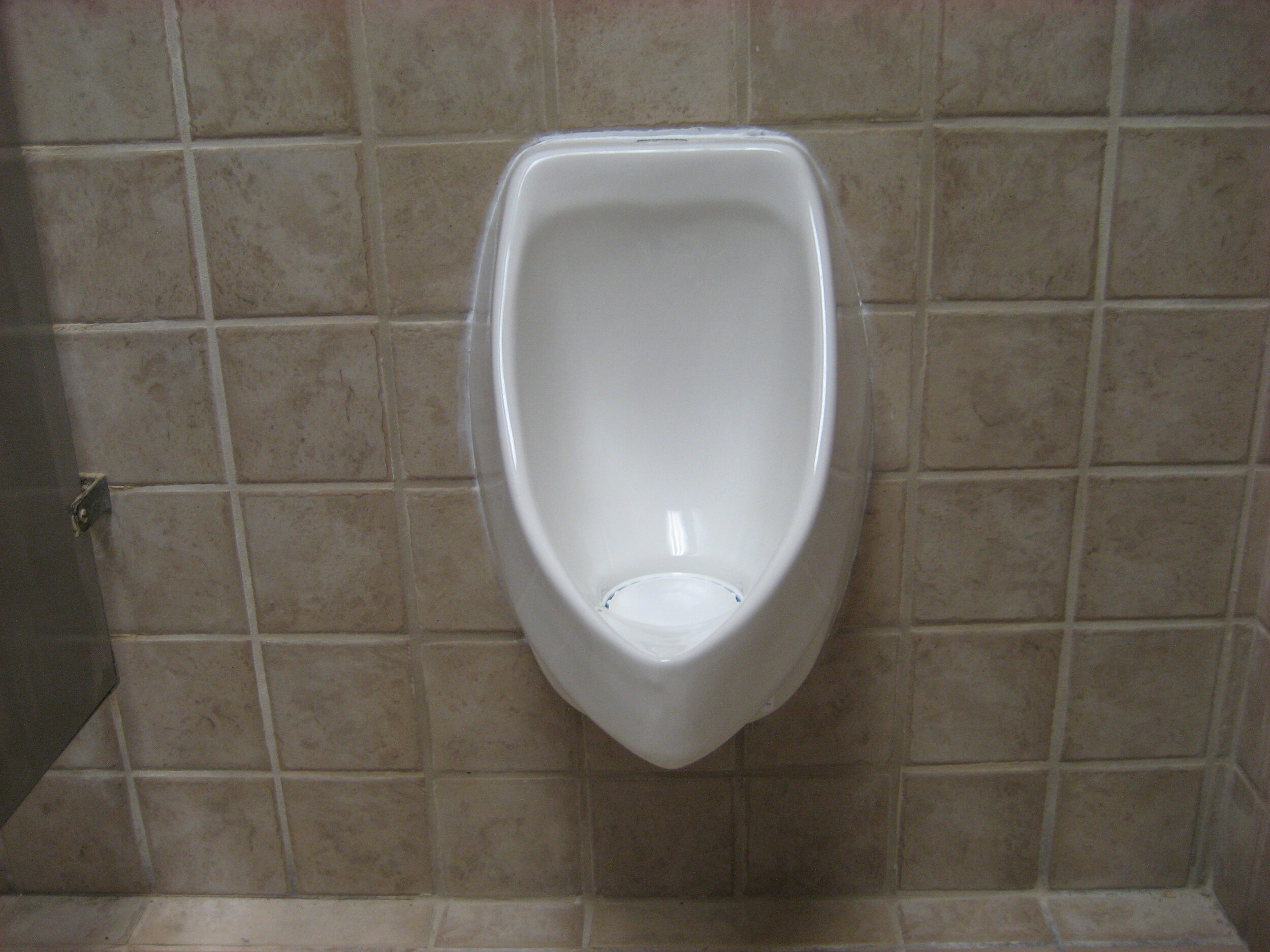While most of us are very focused on ways to reduce water consumption in restrooms, cleaning professionals have another concern: how to clean them as quickly, thoroughly, and effectively as possible.
Fortunately, restroom fixture manufacturers are aware of both issues.
So, let’s introduce cleaning professionals to the new toilets and urinals they are likely to see now and into the future.
Photo by Hakim Santoso from Pexels
Shiny and Durable Toilets
Porcelain, which is made from clay and water and then molded and glazed, will continue to be the most common material used to manufacture toilets. However, expect these toilets to be more highly polished, especially inside the bowl.
This is good news for contract cleaners because these toilets do not stain as much and tend to be easier to clean. Further, manufacturing toilets with a high polish has expedited waste removal and elevated stain prevention. However, it is important to clean these toilets with non-abrasive cleansers.
We will also see more durable toilets, but they may not be made of porcelain. The problem is that porcelain restroom fixtures can and do get chipped. Often, we see this chipping and related damage happening in large commercial locations, like a sports arena or in a school due to vandalism. Once chipped, and depending on where it is chipped, a toilet may be irreparable. The damaged toilet will likely need to be replaced, which can be costly and disruptive.
A more durable—and more “cleanable”—choice that we likely will see more of is stainless steel toilets. Many schools are now adopting stainless steel toilets because not only are they more durable, they are harder to tinker with. They tend to stand up very well to stains, chemicals, abuse, accidents, and even graffiti. They also lend themselves perfectly to being cleaned by indoor pressure cleaning systems instead of using traditional methods like cleaning cloths and sprayers. Pressure cleaning is a much faster and effective cleaning process.
Where’s the Water in the Urinal?
When it comes to urinals, what’s happening now in California is spreading around the country. Lately, urinals sold in the state can only use a pint of water per flush in new construction. While this is a significant reduction, down from about one gallon of water per flush, most building owners and managers are taking this a step further and eliminating the use of water entirely. The reason is purely economics.
No-water urinals tend to cost less than water using urinals and installation is also less costly. Further, there is no need to connect water delivering plumbing to the urinal, which is another significant savings. But that is just the start. There are no costly flush handles, manual or automatic needed, on these urinals, and in schools and restaurants, waterless urinals tend to experience less vandalism than water-using urinals.
But what does this mean for cleaning professionals?
For the most part, low flow and waterless urinals are cleaned the same way as conventional urinals. However, here are some added suggestions about cleaning low flow/no-water urinals:
· Pour a gallon of water in the urinal about once a month to help remove any urine sediment that may build up in the pipes below the urinal and flush the line.
· Splash back has not been eliminated. It’s the same with flush urinals. Because of this, surrounding walls, partitions, and floors may need more cleaning attention.
· For no-water systems, make sure the trap insert is appropriately sealed at the base of the urinal. Most waterless urinals will also require a sealing liquid poured into the insert to help prevent odors.
· If using a disinfectant, clean the urinal first with an all-purpose cleaner and then apply the disinfectant. This is a two-step process. However, because the interior of a waterless urinal remains dry, it is less likely for bacteria to develop. However, the two-step process ensures it does not develop.
For more information on how to reduce water consumption, waterless urinals, and to use water more efficiently, contact a Waterless Co Specialist











